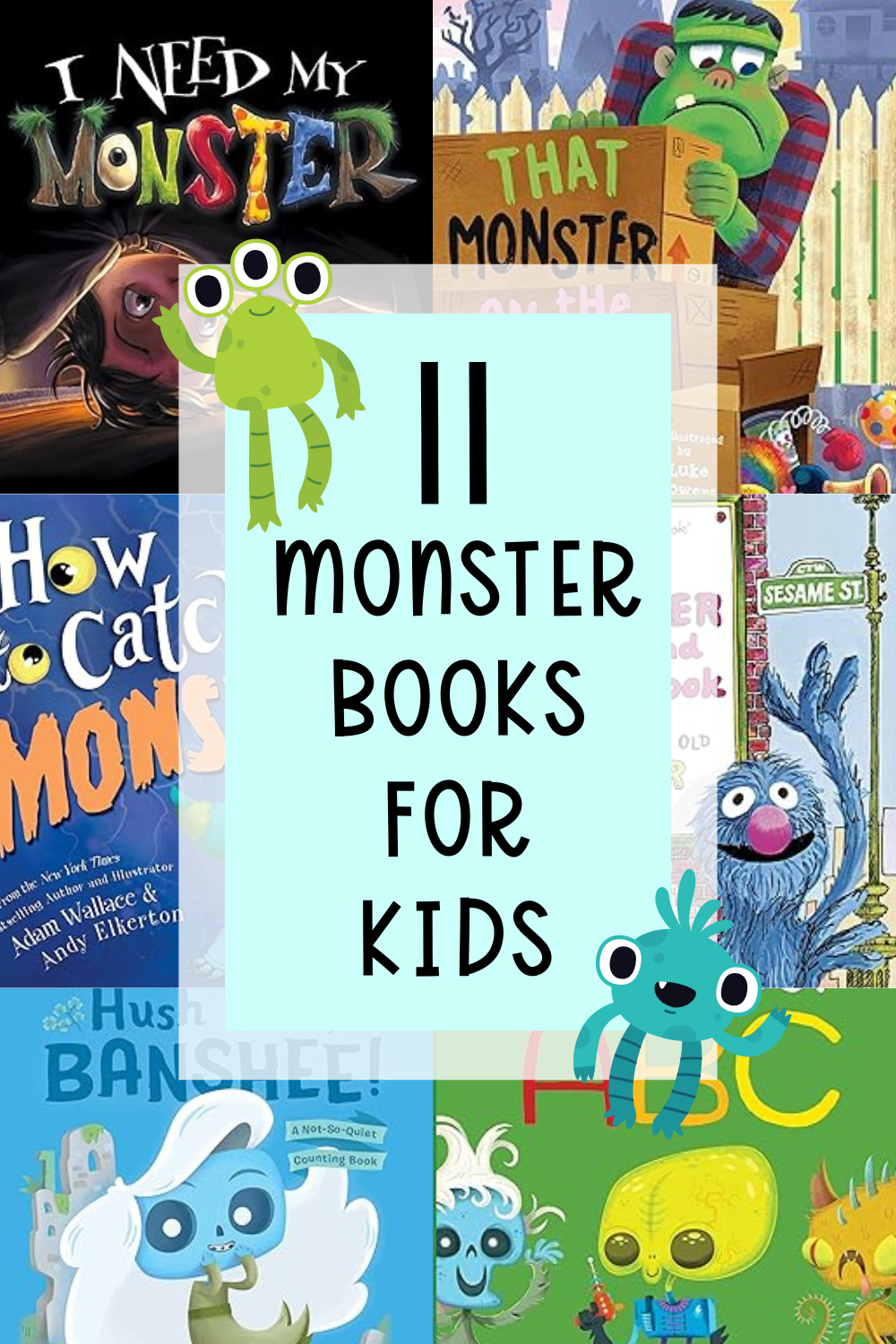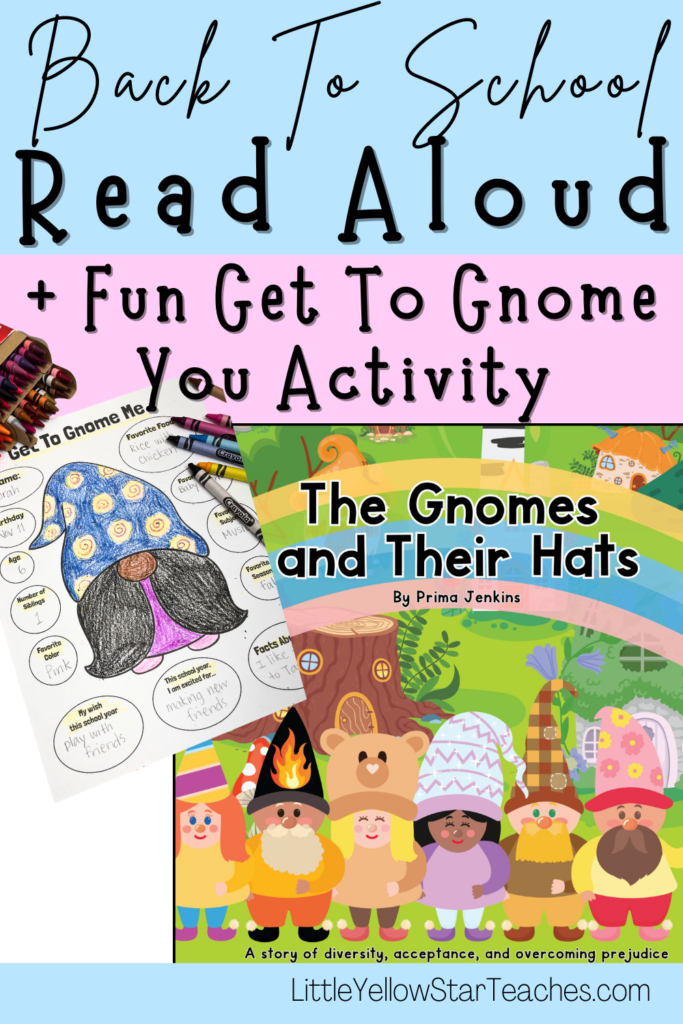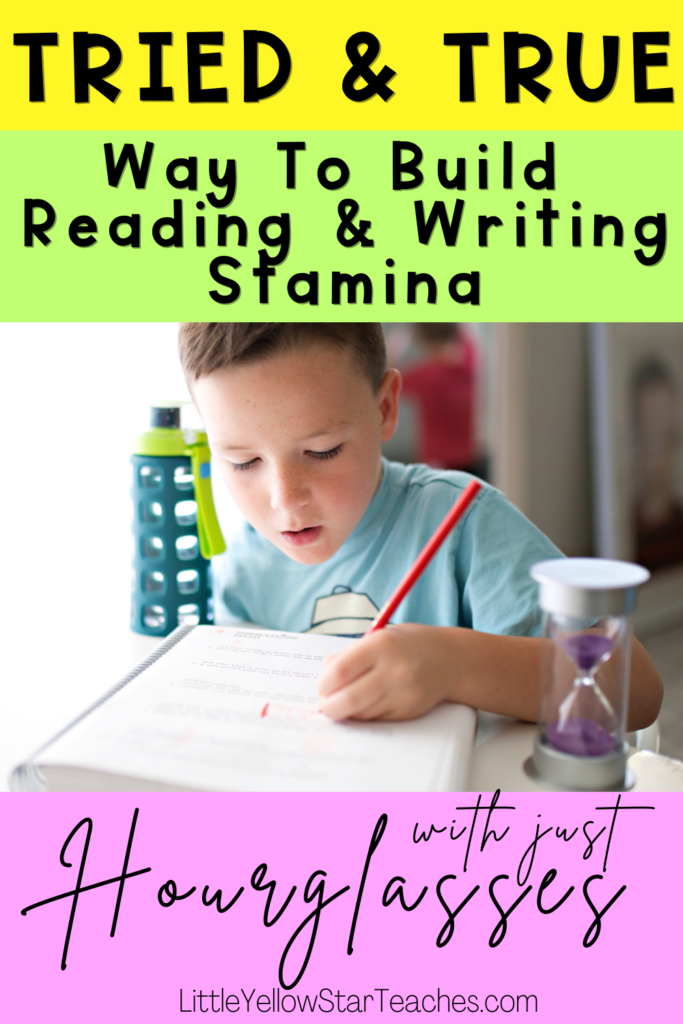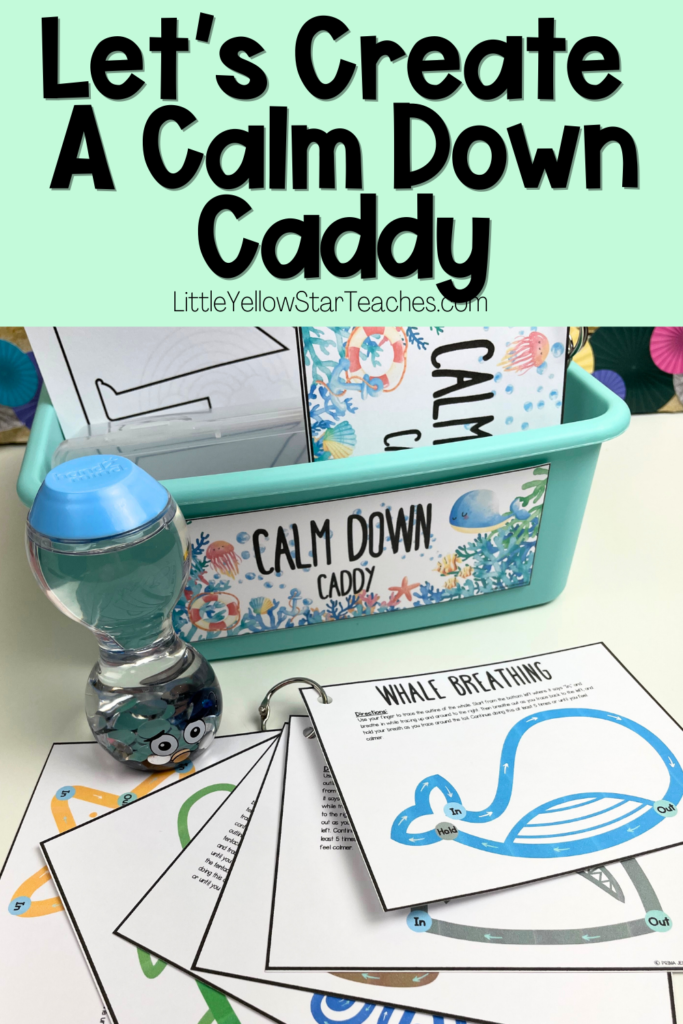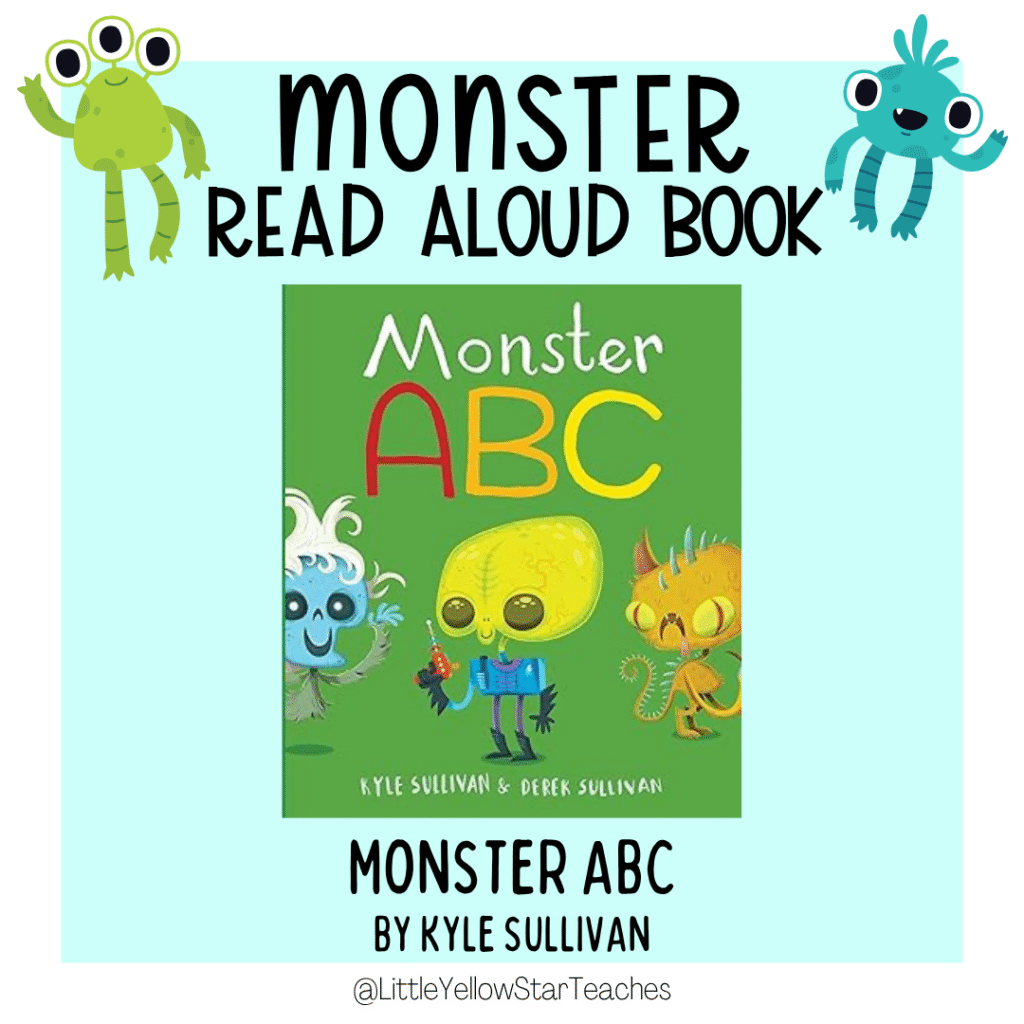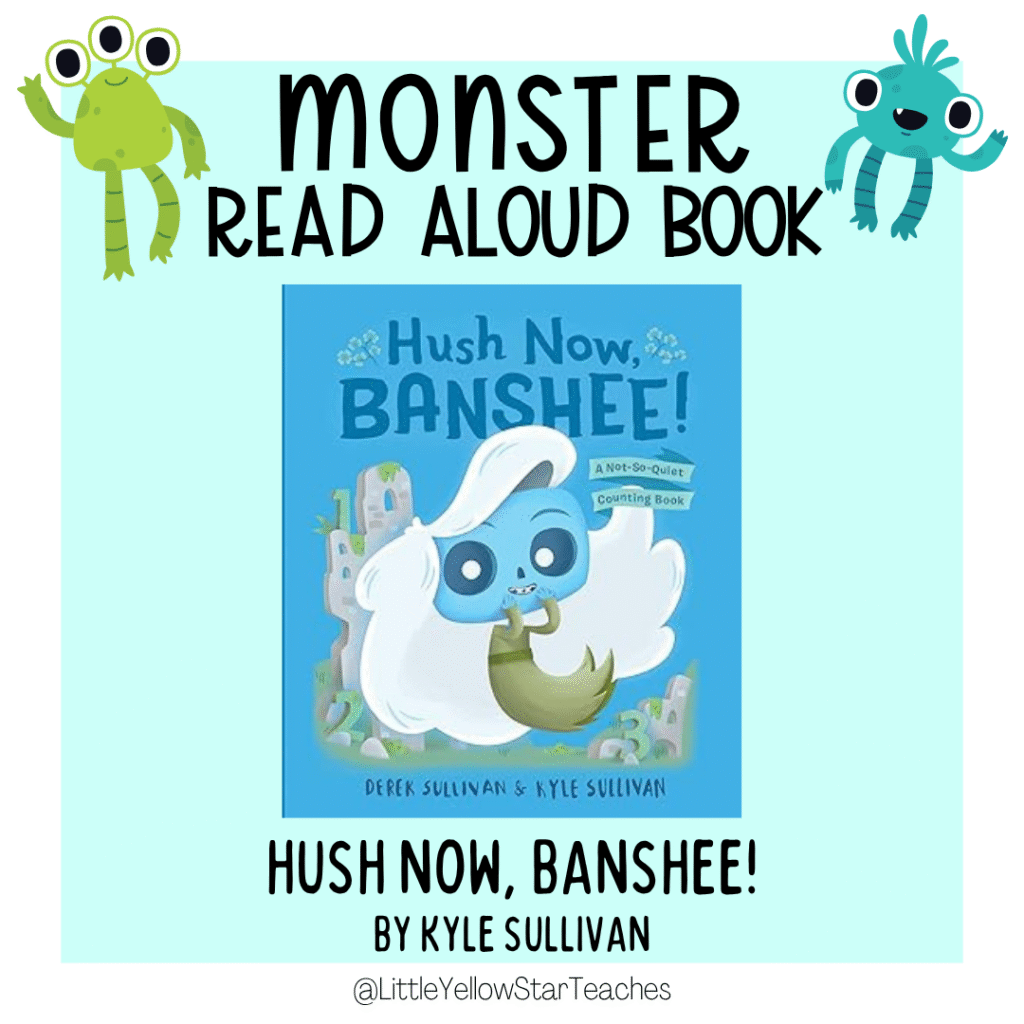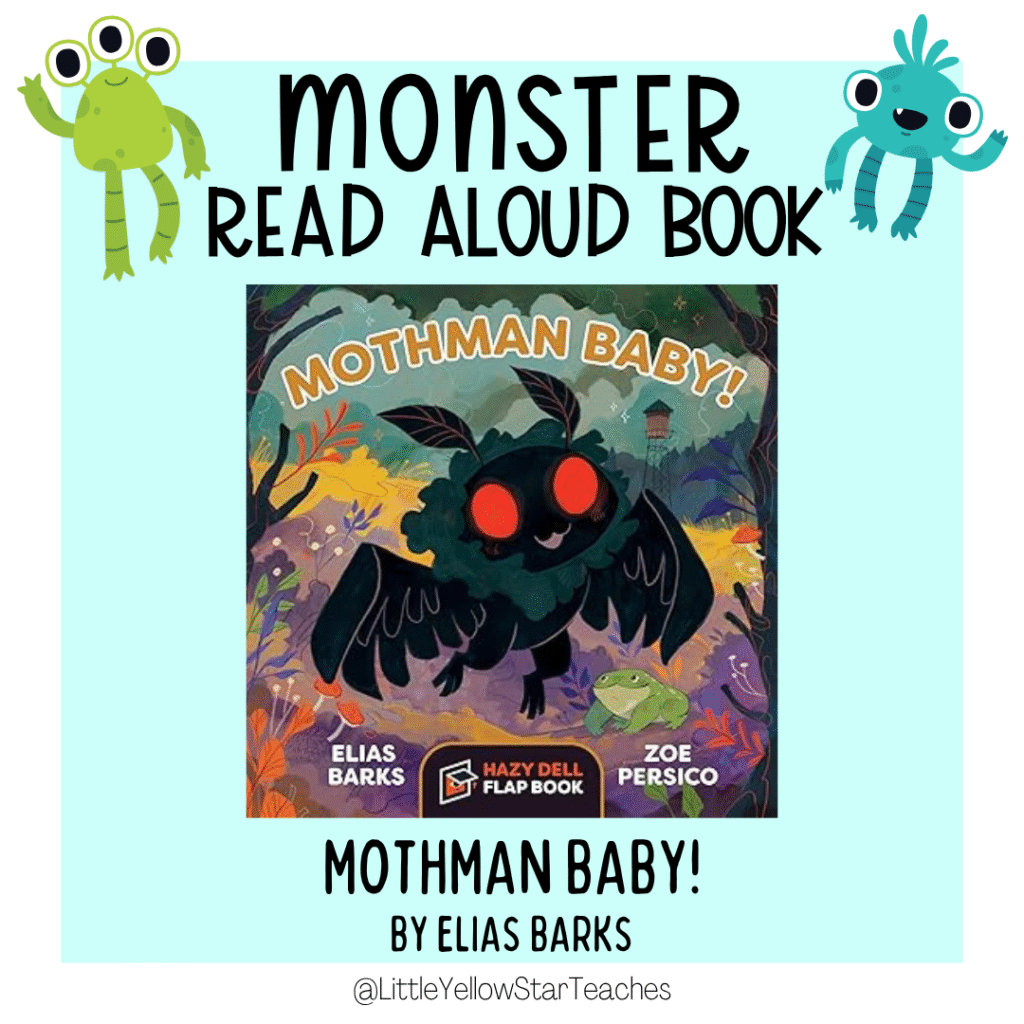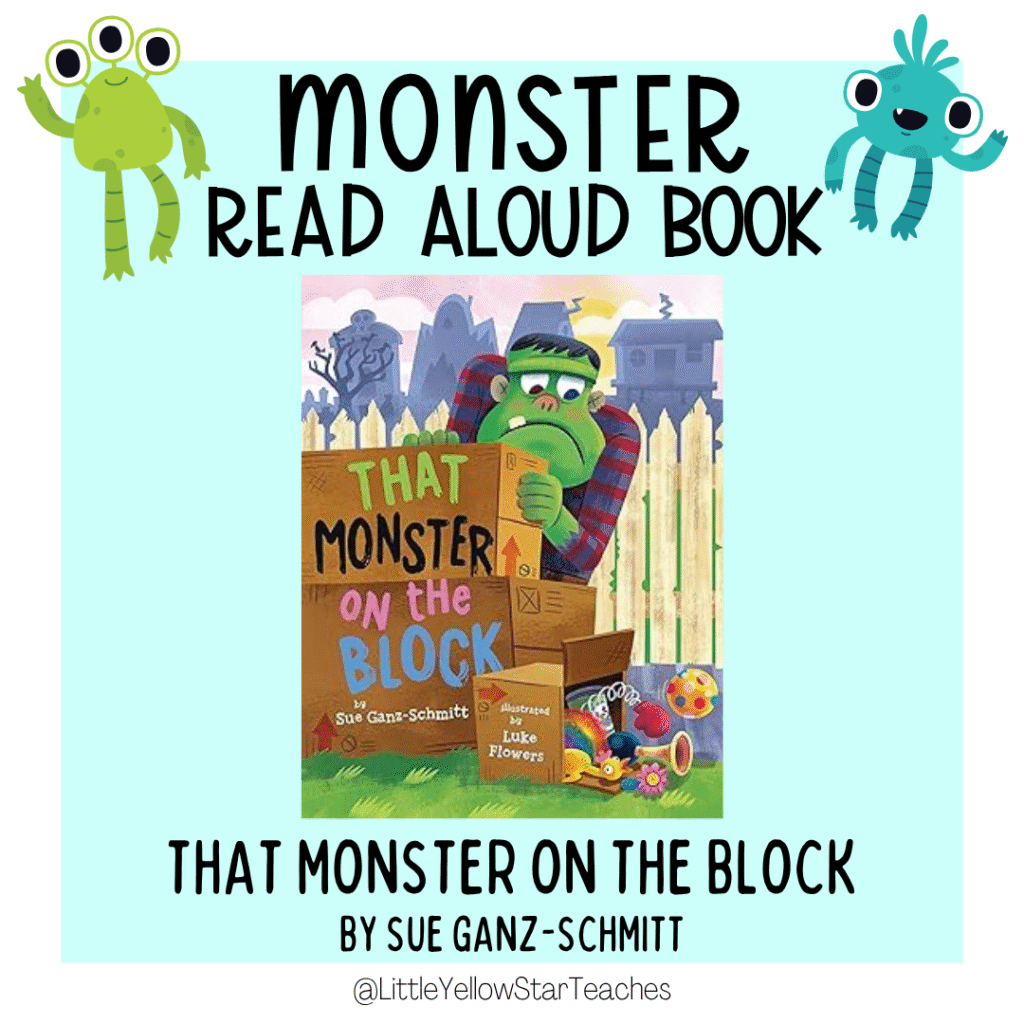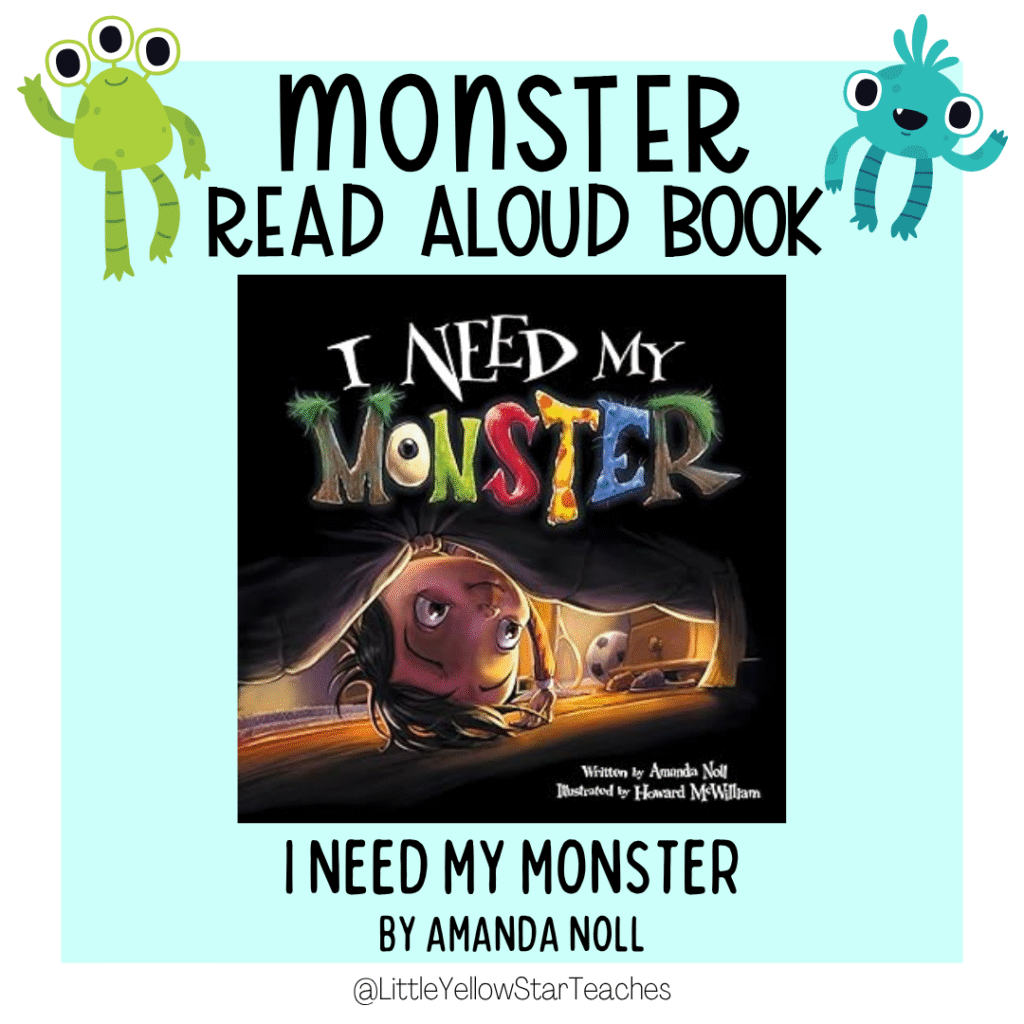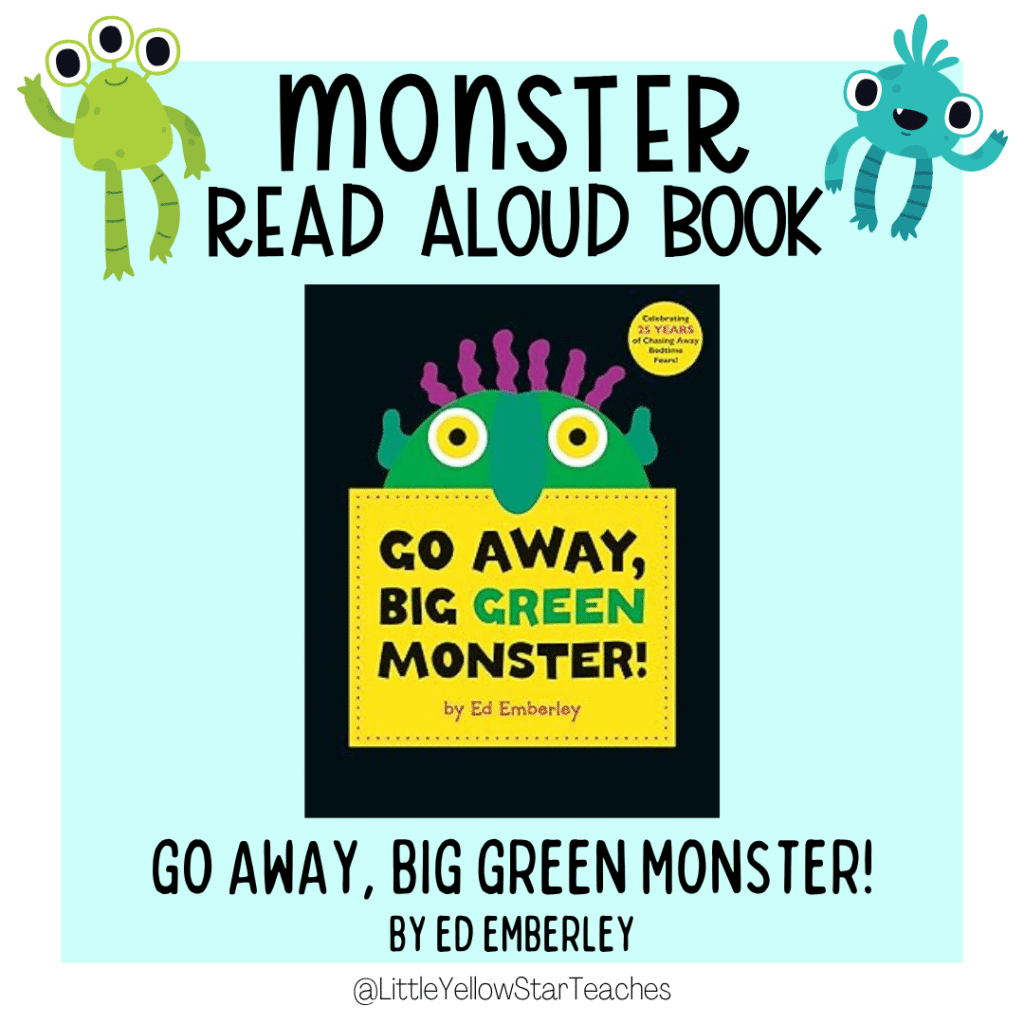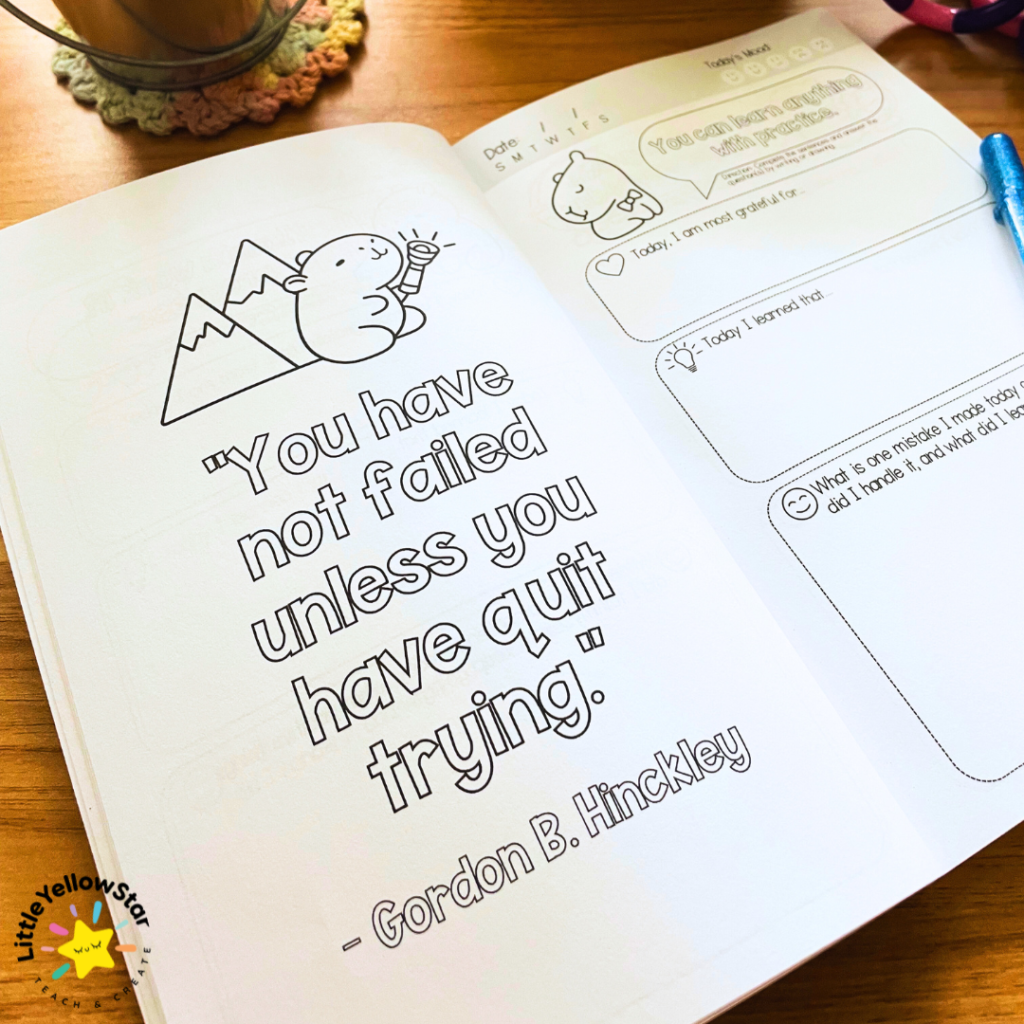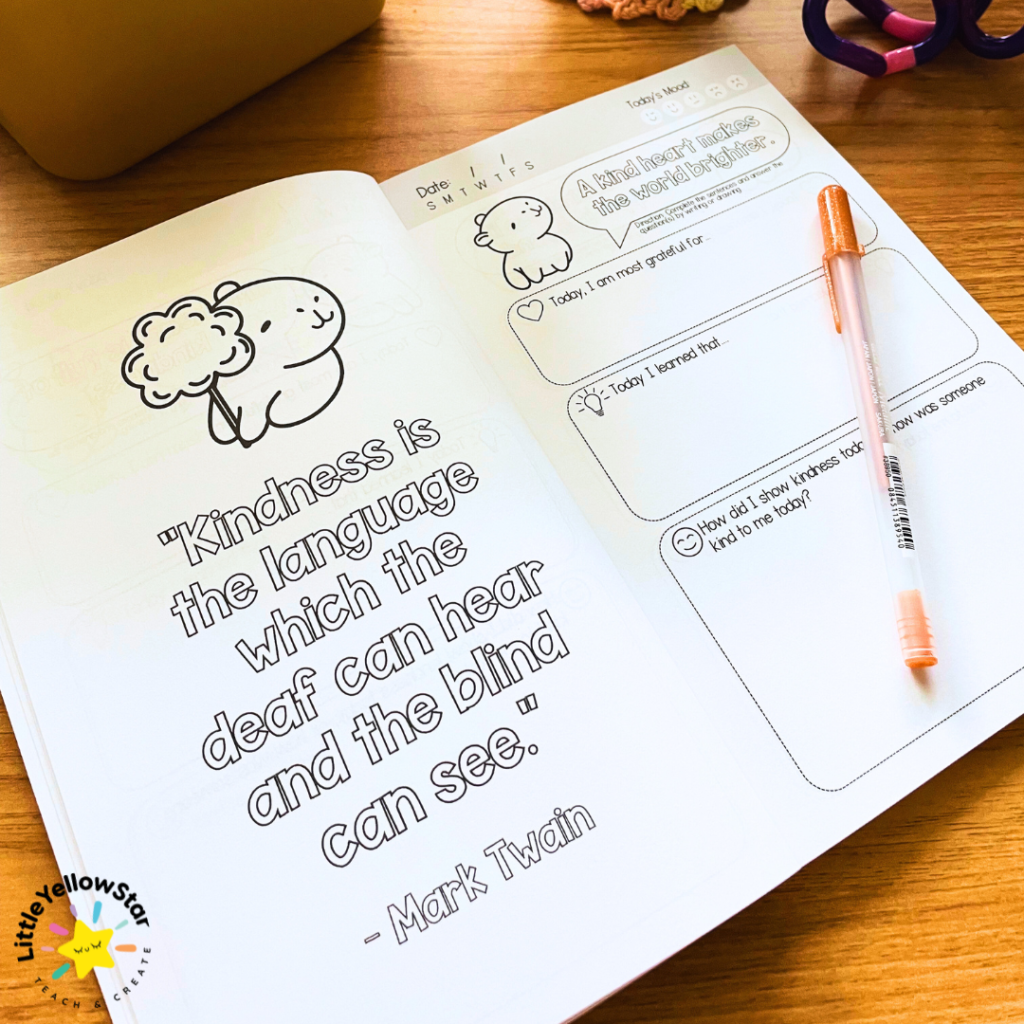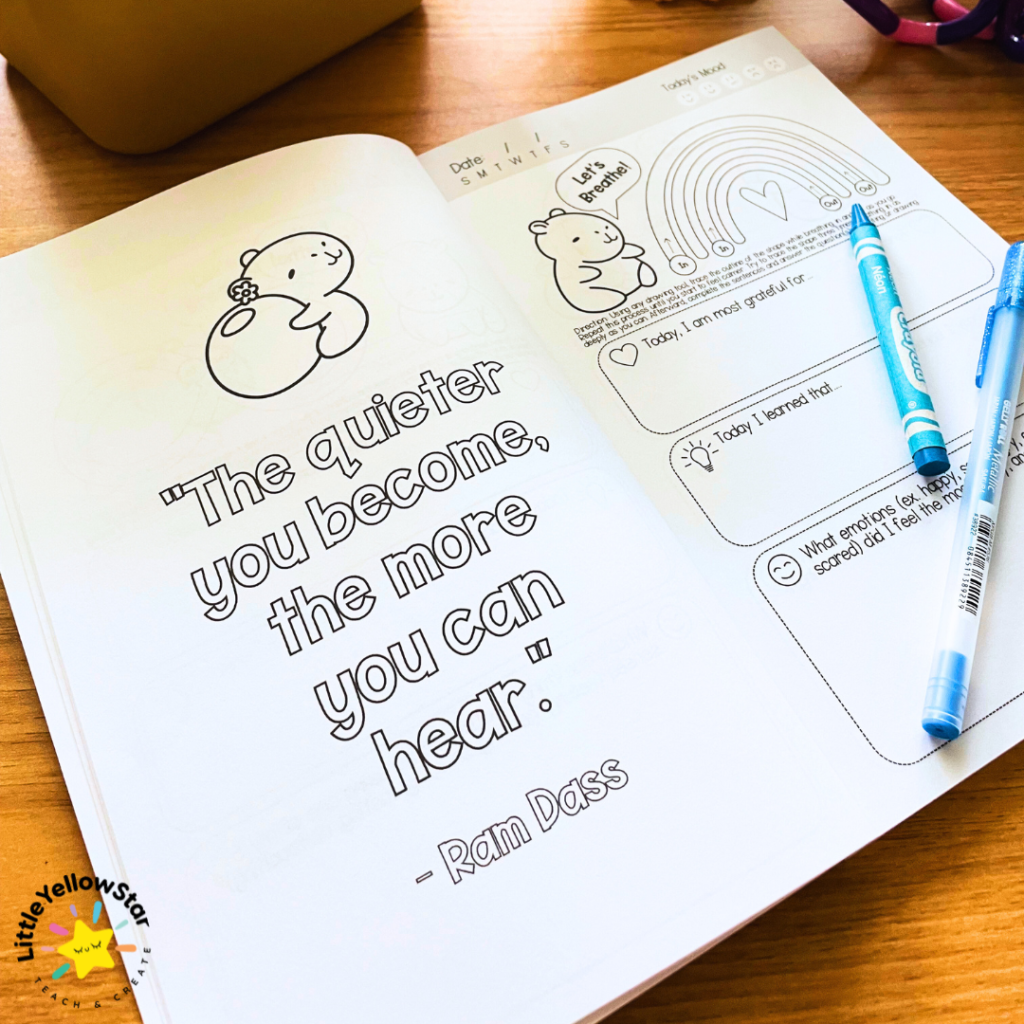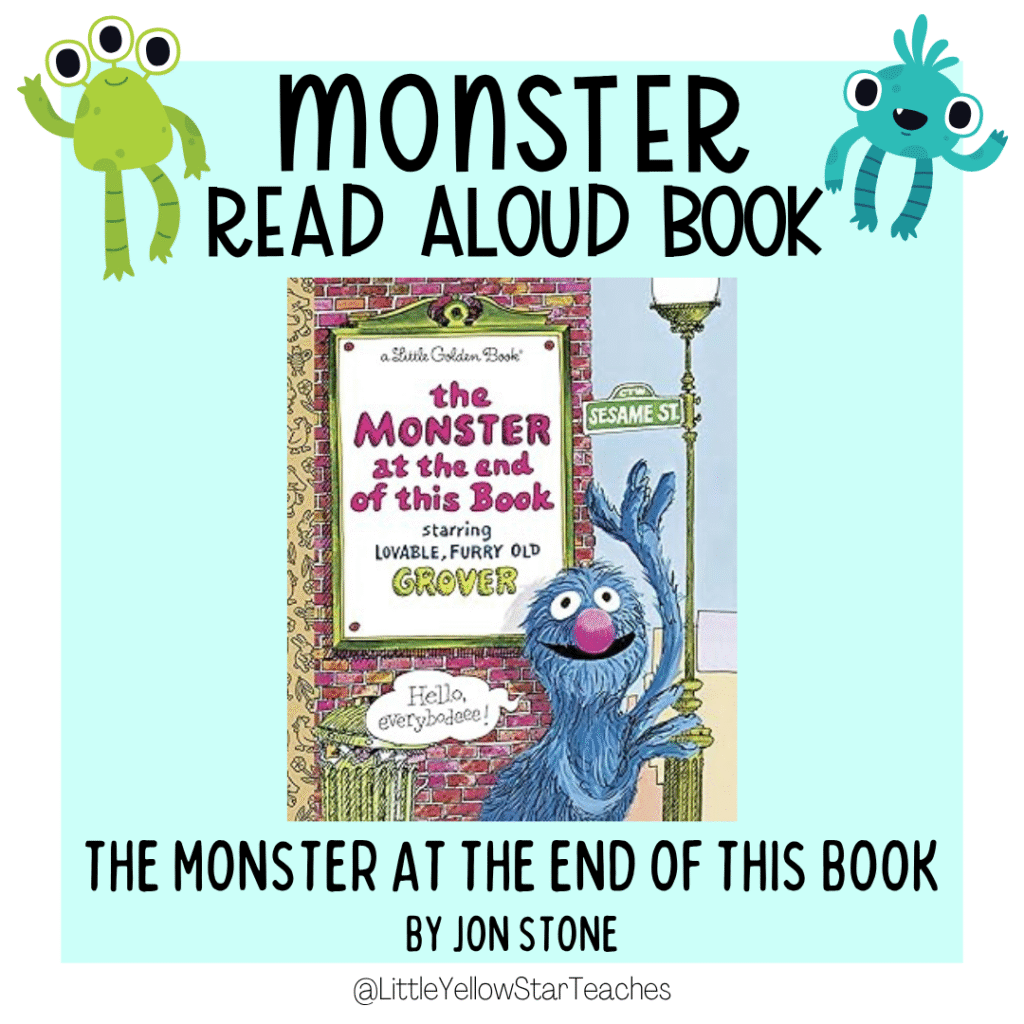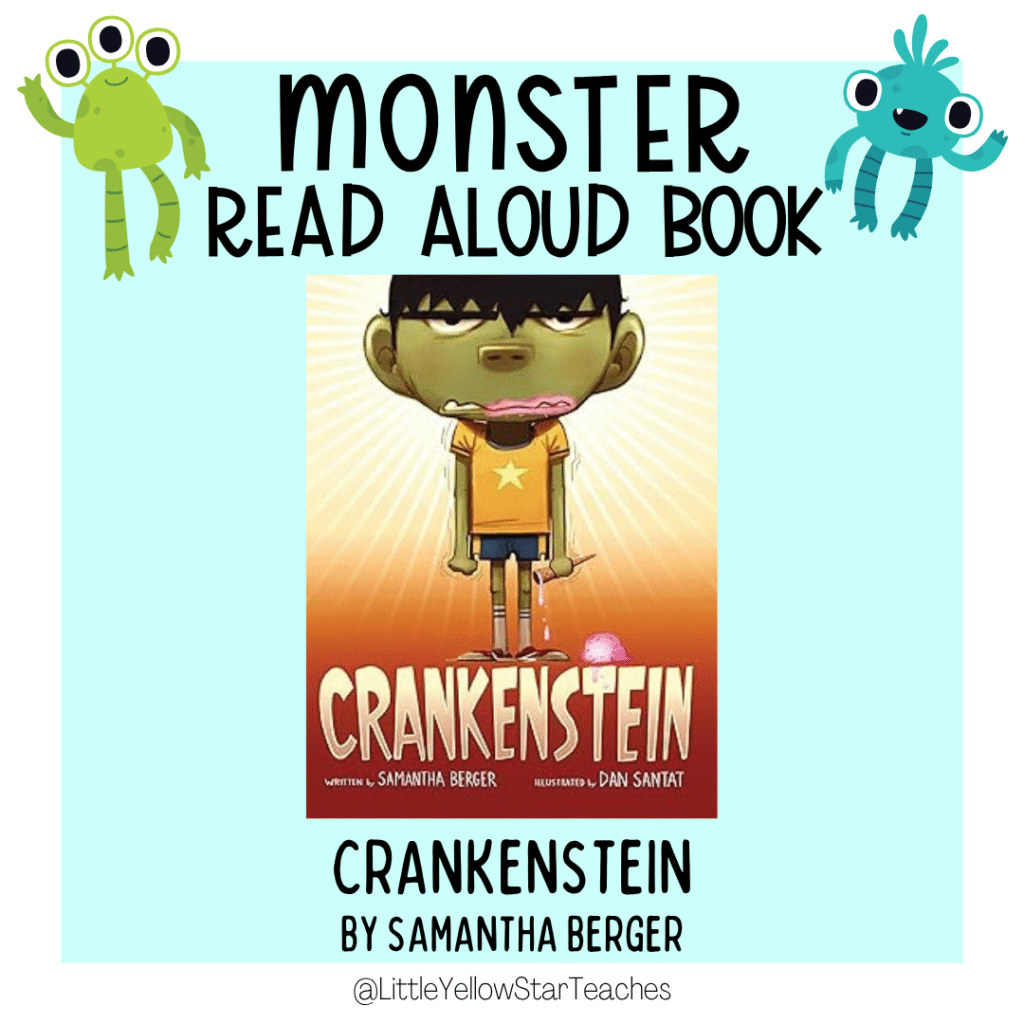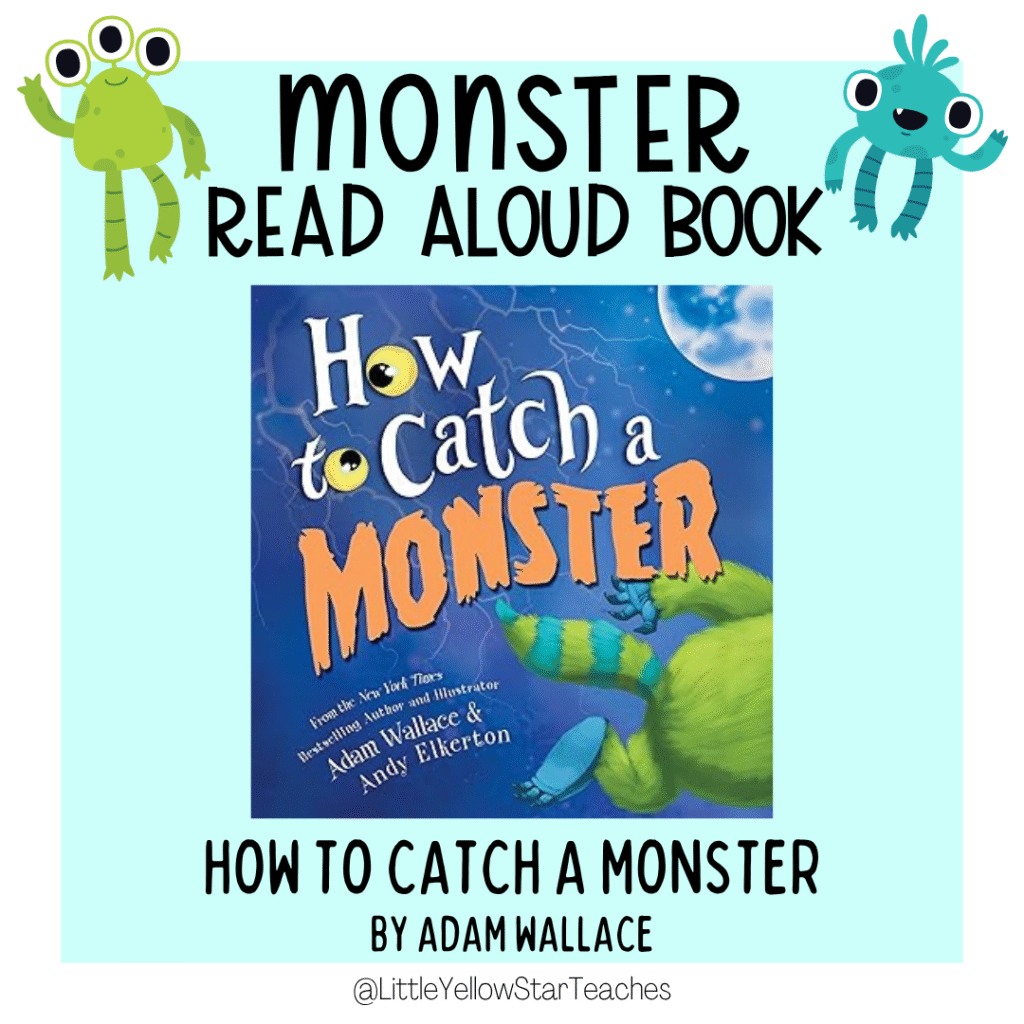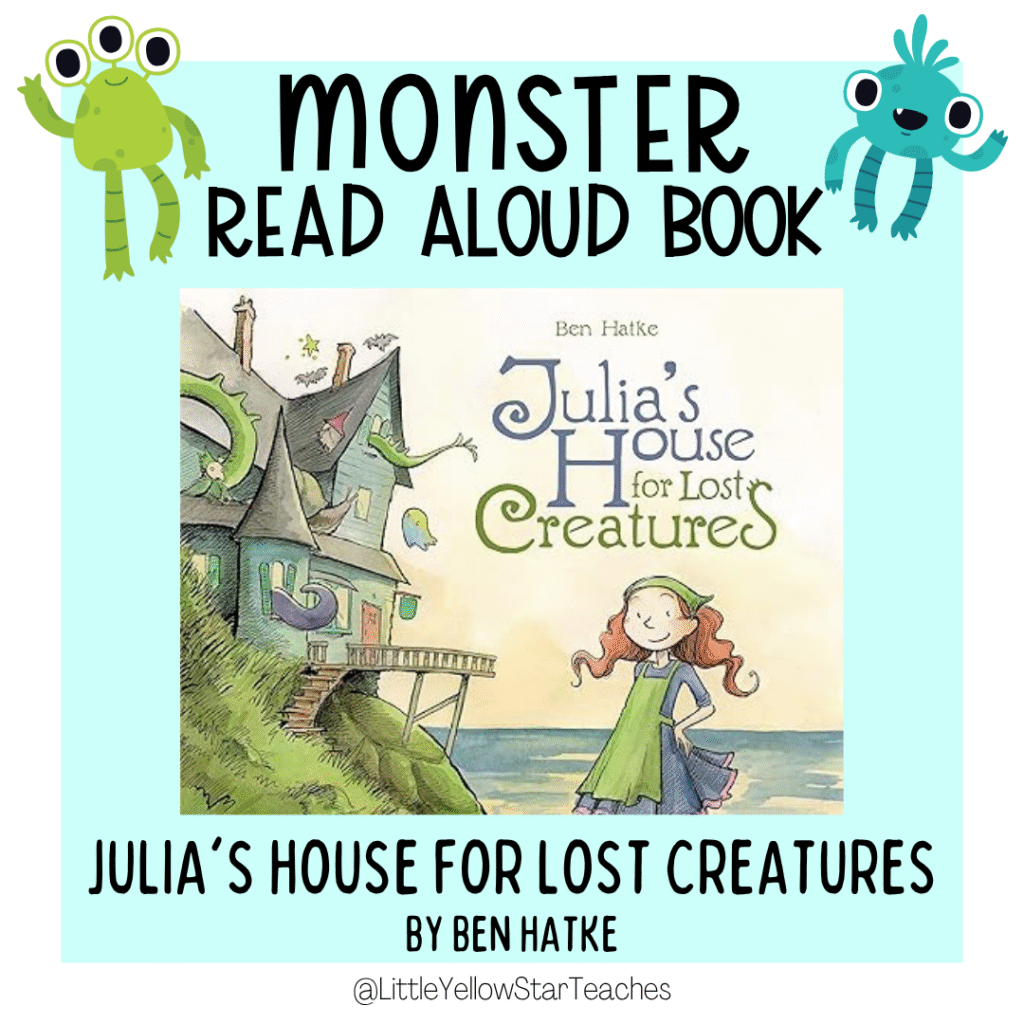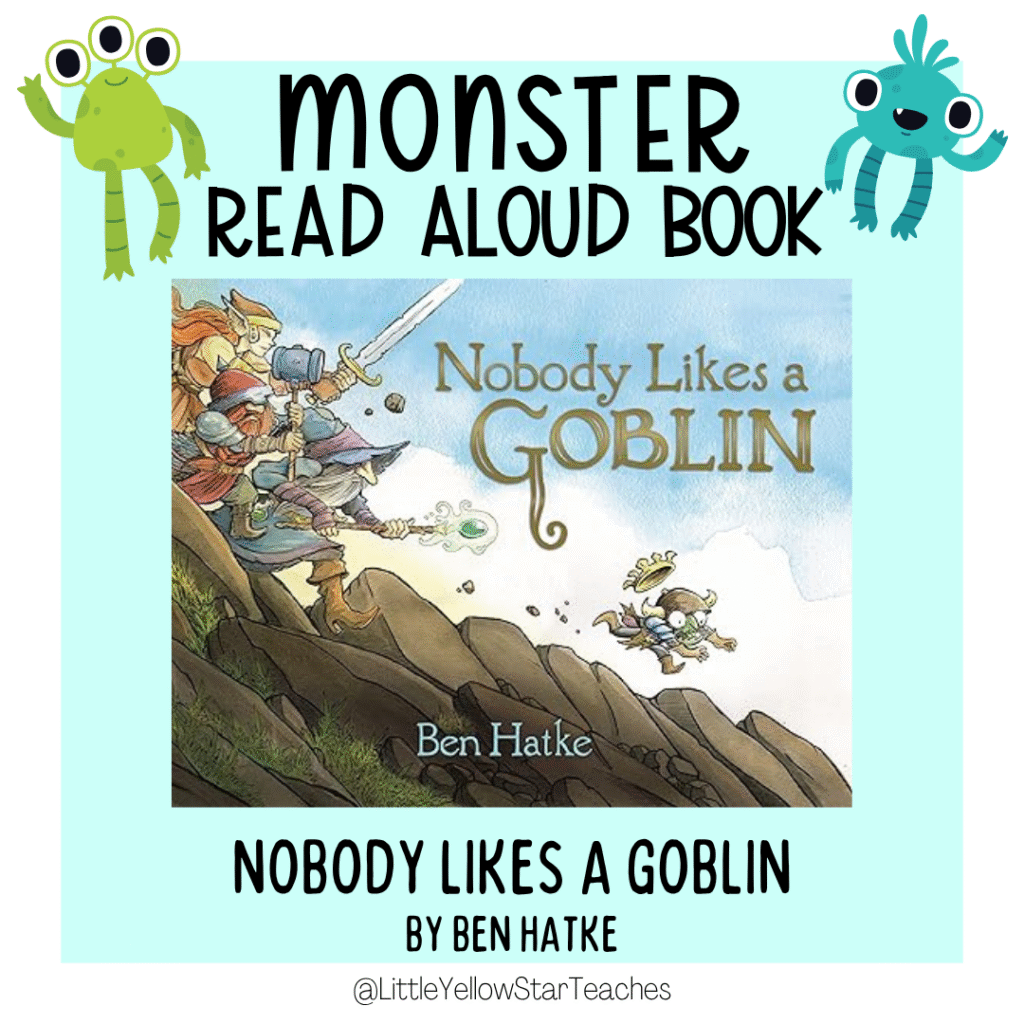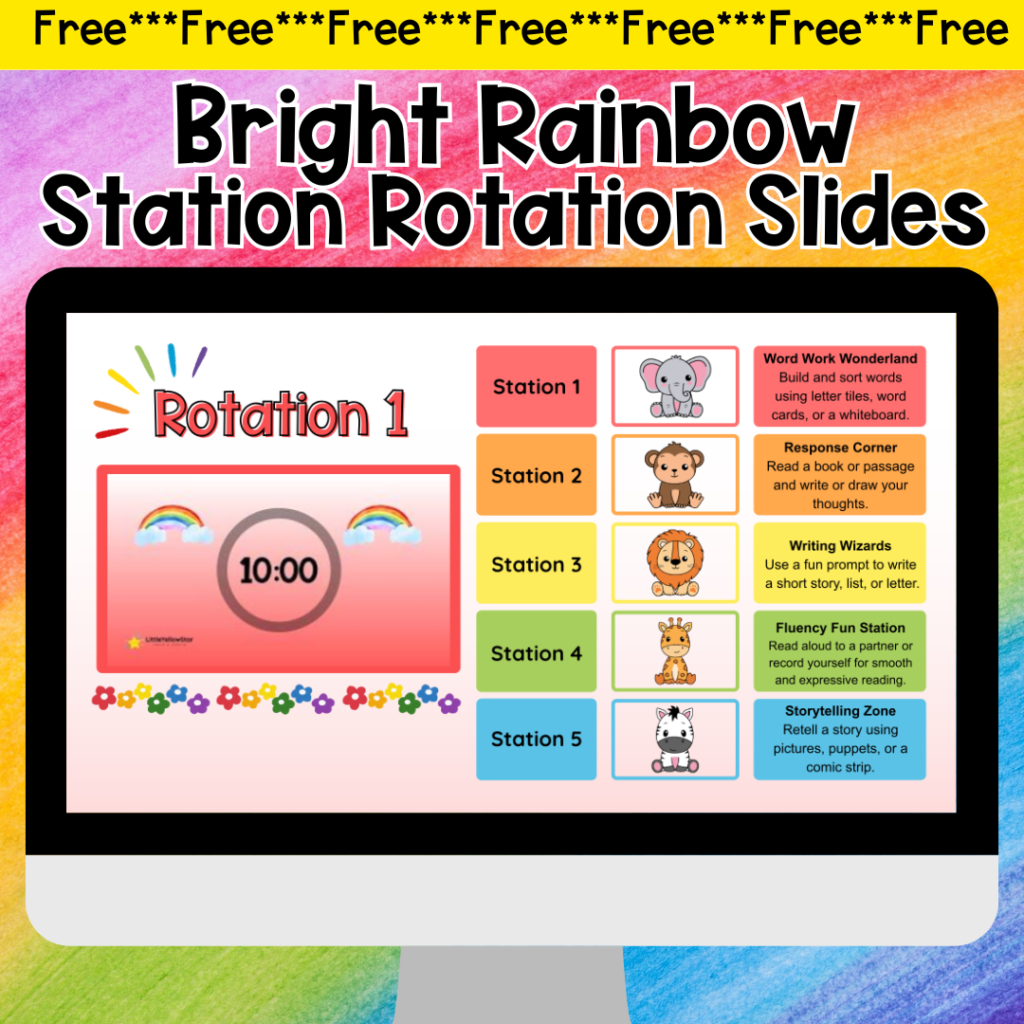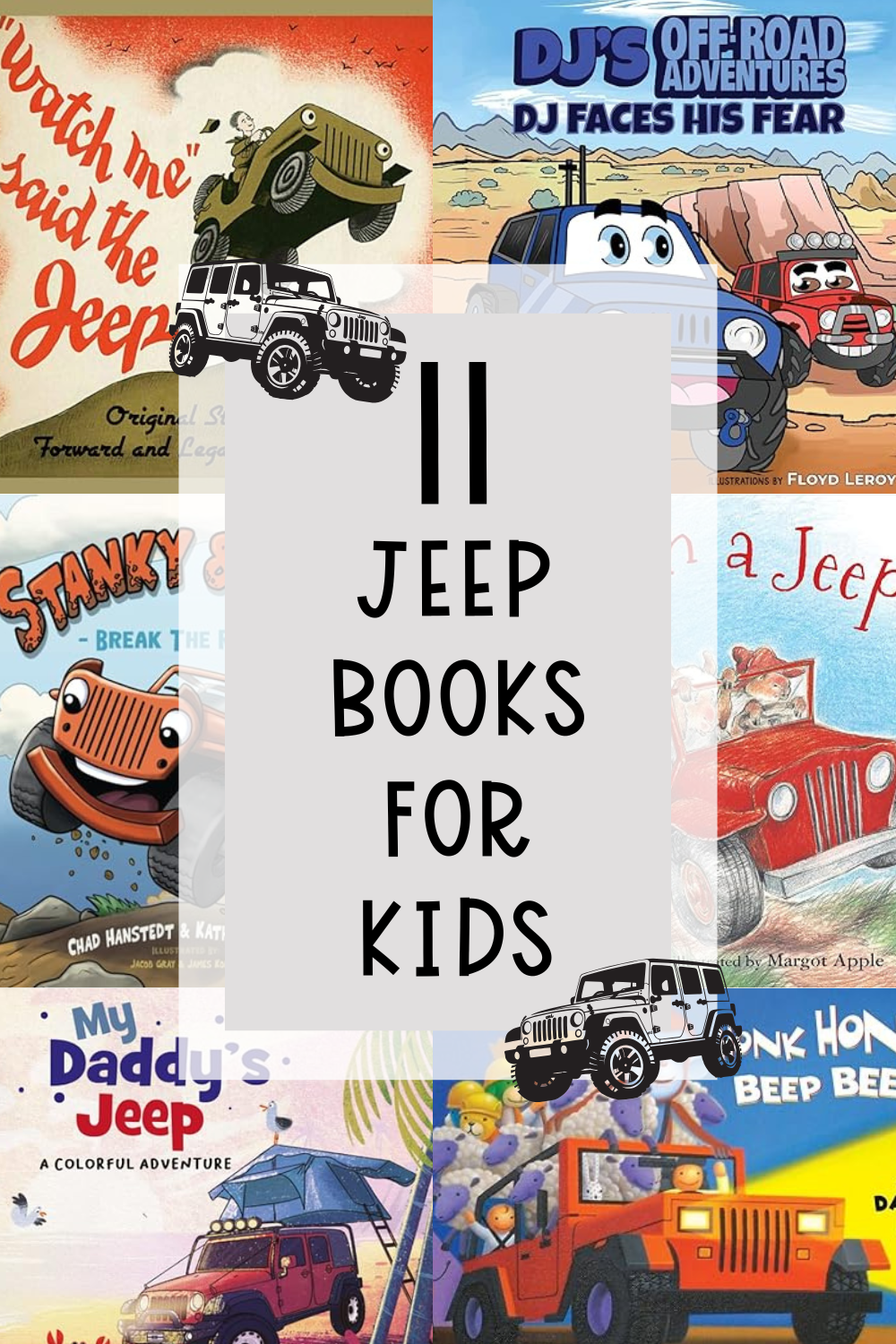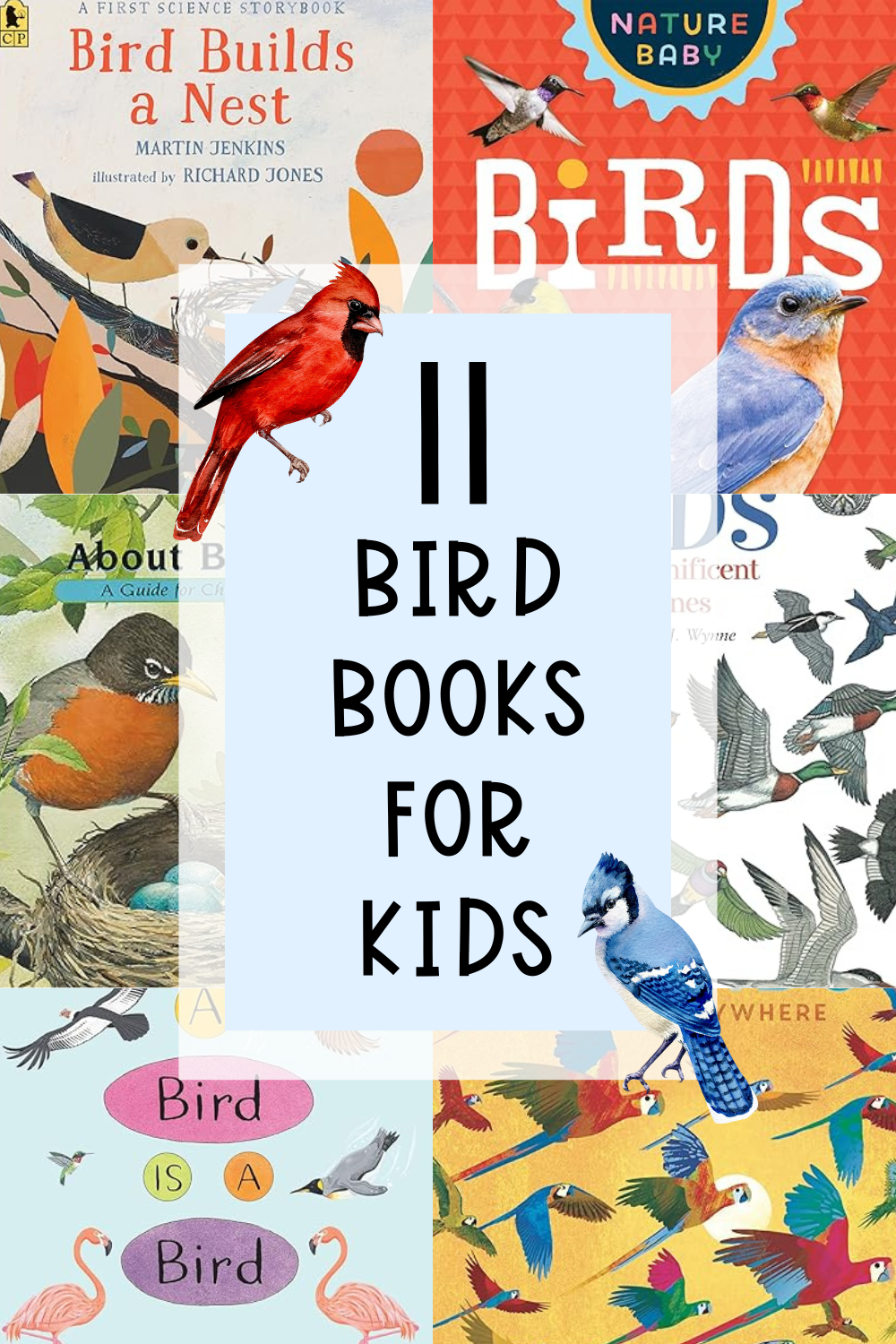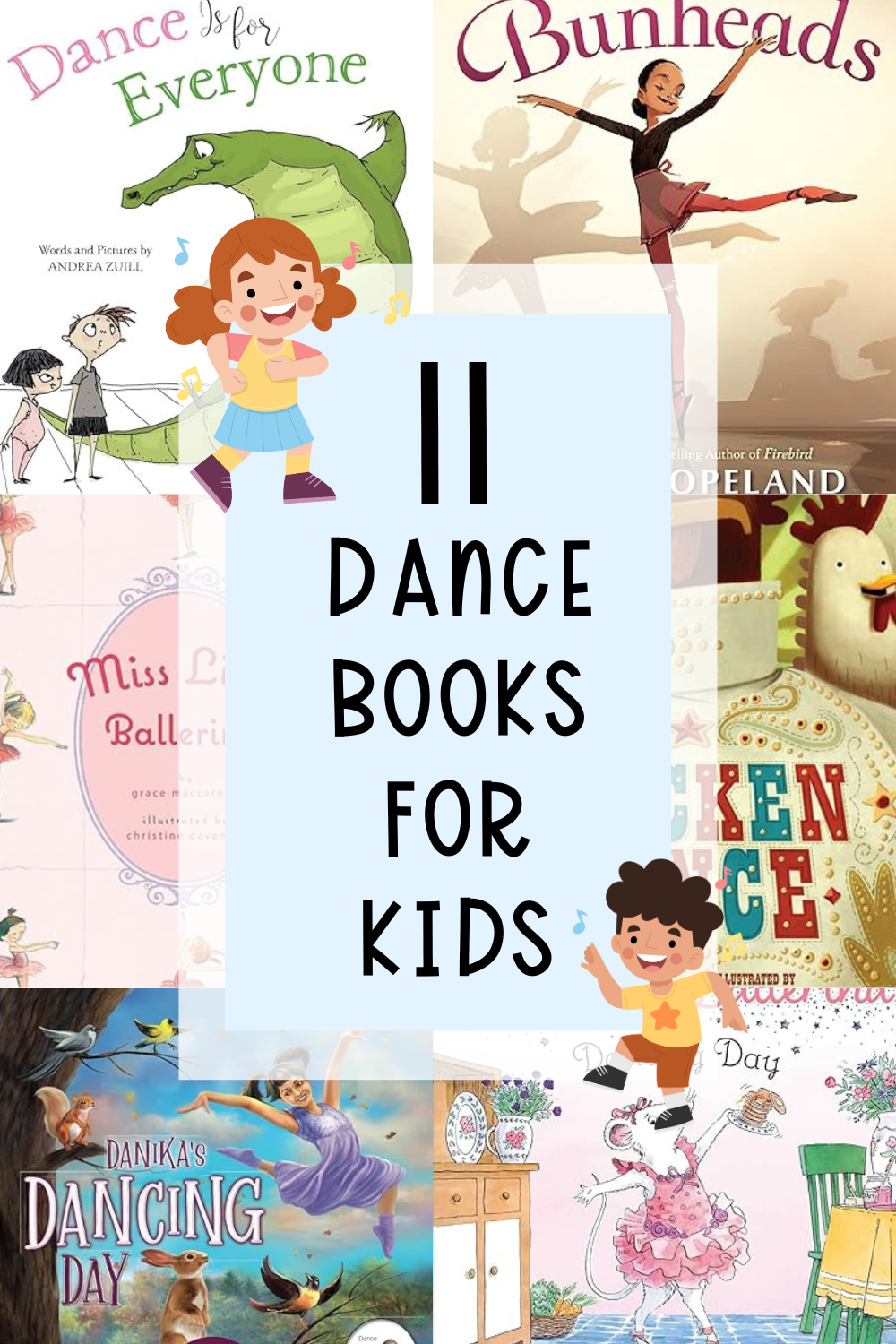Playful and Imaginative Stories That Help Kids Face Fears and Laugh Out Loud
Monsters don’t have to be scary—they can be silly, sweet, and full of personality! Monster-themed books are a fantastic way to help children explore imagination, conquer fears, and even practice emotional regulation through humor and storytelling.
In this post, I’m sharing my favorite monster books for kids, organized by age group. I’ve also included monster-themed activity ideas and conversation starters to help children embrace the fun (and not-so-scary) side of monsters. Let me know which monster story your little one can’t stop reading!
***Disclosure: This post contains an Amazon affiliate link that at no additional cost to you, I may earn a small commission when you purchase through the link from my blog. Thank you for your support!
Table of Content
- Why Read Books About Monsters?
- The Role of Books in Teaching Kids about Monsters
- 11 Monster Books For Children
- What Monster Book(s) Are You Going To Read Later?
Why Read Books About Monsters?
Monster books help children process big feelings in a safe and playful way.
They give kids tools to talk about fear, bravery, friendship, and imagination—all wrapped up in fun, quirky characters. Monsters in children’s books often deal with things like bedtime fears, trying to fit in, or learning how to be kind.
Reading about monsters makes the unknown feel manageable—and sometimes downright funny!
The Role of Books in Teaching Kids about Monsters
Books about monsters encourage kids to use creativity to face the unfamiliar.
These stories normalize emotions like fear, worry, and anger while helping children think critically and laugh at their imaginations. Monster books also highlight social themes like inclusion, empathy, and being yourself—even if you’re a little different.
Monster books empower kids to talk about emotions and see the fun in what once felt scary.
How to Use Books about Monsters with Children
Here are some monstrously fun ways to make the most of these stories:
- 👾 Ask Open-Ended Questions: After reading, ask: What kind of monster would you create? or Have you ever felt scared like the monster did? Use Turn and Talk to encourage giggles and personal stories.
- 🎨 Engage in Monster-Themed Activities: Make monster masks, draw your own monster family, create a monster feelings chart, or design a monster with unusual powers and a kind heart. You could even build a monster out of recycled materials!
- 📚 Refer Back to the Books: During emotional moments (like bedtime worries or big transitions), remind kids of monster stories. Say: Remember how the monster was scared too, but they were brave in the end?
- 👨👩👧 Involve Other Caregivers: Suggest parents and caregivers read monster books as a bedtime ritual to help with fears. Reading together can turn spooky thoughts into shared laughs and cuddles.
11 Monster Books For Children
Younger Children (Ages 3-6)
#1 Monster ABC by Kyle Sullivan
🔗 View on Amazon
This quirky and colorful alphabet book features monsters from folklore, perfect for little cryptid fans.
Activity Idea: Make your own ABC book with silly or spooky creatures.
Discussion Questions:
- Which monster was your favorite?
- Were there any you had never heard of before?
- Can you create your own monster name?
#2 Hush Now, Banshee! by Kyle Sullivan
🔗 View on Amazon
Meet a noisy little banshee learning the importance of quiet time.
Activity Idea: Practice being super quiet… like a sleeping monster!
Discussion Questions:
- Why does the Banshee need to be quiet?
- What helps you calm down when you’re excited?
- How can we respect others’ quiet time?
#3 Mothman Baby! by Elias Barks
🔗 View on Amazon
A charming board book that introduces little ones to the mysterious Mothman in a soft and silly way.
Activity Idea: Draw Mothman with sparkly red eyes and wings!
Discussion Questions:
- What makes Mothman different?
- Is Mothman scary or sweet in the book?
- Would you want to meet a friendly monster?
Lower Elementary Children (Ages 7-9)
#4 That Monster on the Block by Sue Ganz-Schmitt
🔗 View on Amazon
When a new monster moves into the neighborhood, it causes a stir—until everyone learns to accept one another.
Activity Idea: Build a “monster neighborhood” out of blocks or boxes.
Discussion Questions:
- How did the monsters feel about change?
- What helped them welcome the new neighbor?
- Have you ever met someone new who became a friend?
#5 I Need My Monster by Amanda Noll
🔗 View on Amazon
When Ethan’s monster goes on vacation, he interviews new ones—none quite right!
Activity Idea: Design your own bedtime monster and give it a silly name.
Discussion Questions:
- Why does Ethan need his monster?
- What makes his monster special?
- What helps you feel safe at night?
#6 Go Away, Big Green Monster! by Ed Emberley
🔗 View on Amazon
A classic interactive book that lets kids build—and then banish—a big green monster.
Activity Idea: Use cut paper to create your own monster face.
Discussion Questions:
- Was the monster scary or silly?
- How did the story help you feel brave?
- What would your monster look like?
Check Out Capybara-Theme Daily Reflection Journals For Kids!
#7 The Monster at the End of This Book by Jon Stone
🔗 View on Amazon
Grover begs readers not to finish the book… because of a monster at the end (spoiler: it’s him!).
Activity Idea: Act out the story with lots of dramatic pauses!
Discussion Questions:
- Why didn’t Grover want you to keep reading?
- Was he really scary?
- How can we face our fears?
Upper Elementary Children (Ages 9-11)
#8 Crankenstein by Samantha Berger
🔗 View on Amazon
Meet Crankenstein—a grumpy kid having a no-good day.
Activity Idea: Create a “mood monster” wheel with different emotions.
Discussion Questions:
- What made Crankenstein grumpy?
- What helped him feel better?
- What helps you on a cranky day?
#9 How to Catch a Monster by Adam Wallace
🔗 View on Amazon
A brave kid takes on the challenge of catching the monster in the closet!
Activity Idea: Make your own monster trap with household items.
Discussion Questions:
- What would you do if you found a friendly monster?
- How did the character solve the problem?
- What would your monster’s name be?
#10 Julia’s House for Lost Creatures by Ben Hatke
🔗 View on Amazon
Julia opens her home to lost and lonely creatures—including dragons, trolls, and patchwork monsters.
Activity Idea: Make a “Welcome Home” sign for a new monster friend.
Discussion Questions:
- Why did Julia invite them in?
- How did they learn to get along?
- What would you name your house for lost creatures?
#11 Nobody Likes a Goblin by Ben Hatke
🔗 View on Amazon
When a goblin’s friend is taken, he sets out to rescue him—despite others’ fear of monsters.
Activity Idea: Draw Goblin and write a story about his next adventure.
Discussion Questions:
- What makes Goblin brave?
- Why did the villagers not like him at first?
- How can we be kind to people who seem different?
Grab these free resources to make your teaching life easier!
What Monster Book(s) Are You Going To Read Later?
Monster books for kids are full of heart, humor, and lessons hiding behind big claws or silly roars. Whether your little one loves a good giggle or needs comfort during nighttime, these stories are sure to become favorites.
Which monster book will you cuddle up with next? Tag me on Instagram @LittleYellowStarTeaches and share your favorite monster drawings, crafts, or stories!
Happy reading!
Prima at LittleYellowStar
* * *

